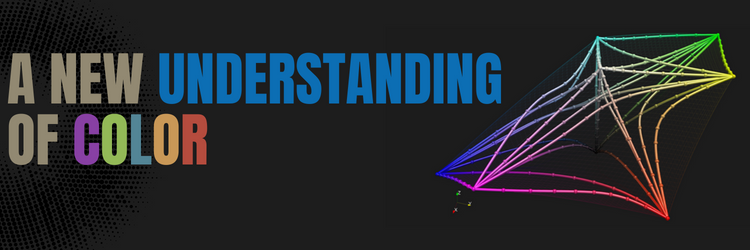Moving away from the 3D mathematical description developed by Schrödinger and others on how we see color could yield more vibrant computer displays, TVs, printed materials, textiles, and more.
A new study corrects a critical error in the 3D mathematical space developed by the Nobel Prize-winning physicist Erwin Schrödinger used by scientists and industry for more than 100 years to describe how your eye distinguishes one color from another. The research can boost scientific data visualizations, improve TVs and recalibrate the textile and paint industries.
The current mathematical model of how the eye perceives color differences is incorrect. In the study, which blends psychology, biology, and mathematics, the team discovered that using Riemannian geometry overestimates the perception of significant color differences. People perceive a big difference in color to be less than the sum you would get if you added minor color differences between two widely separated shades.
The non-Riemannian nature of perceptual color space, in Proceedings of the National Academy of Sciences, can be found here: https://www.pnas.org/doi/10.1073/pnas.2119753119#sec-8

